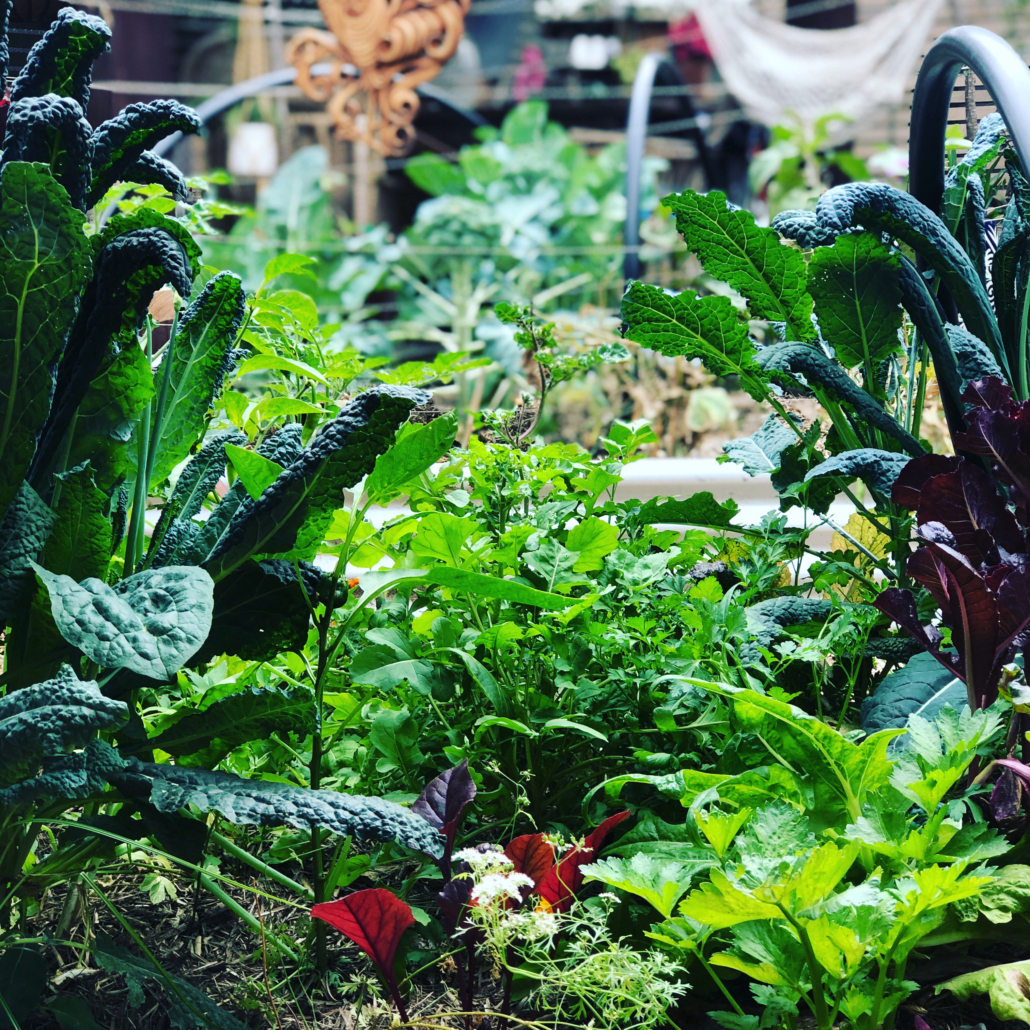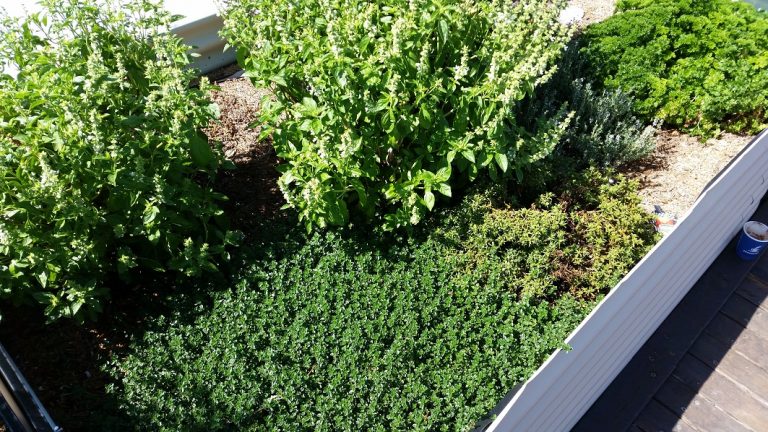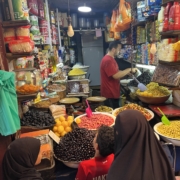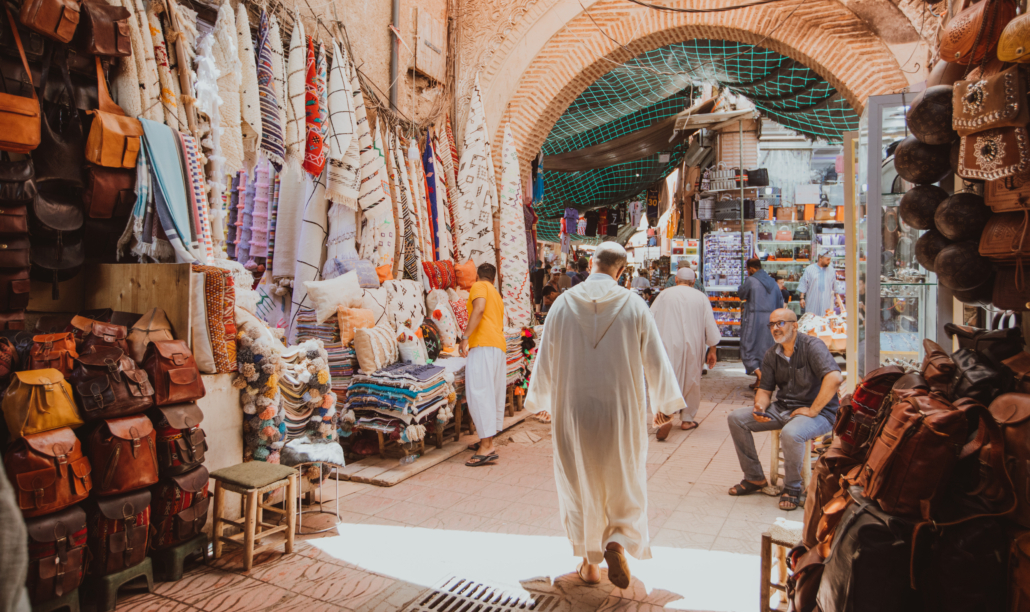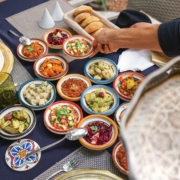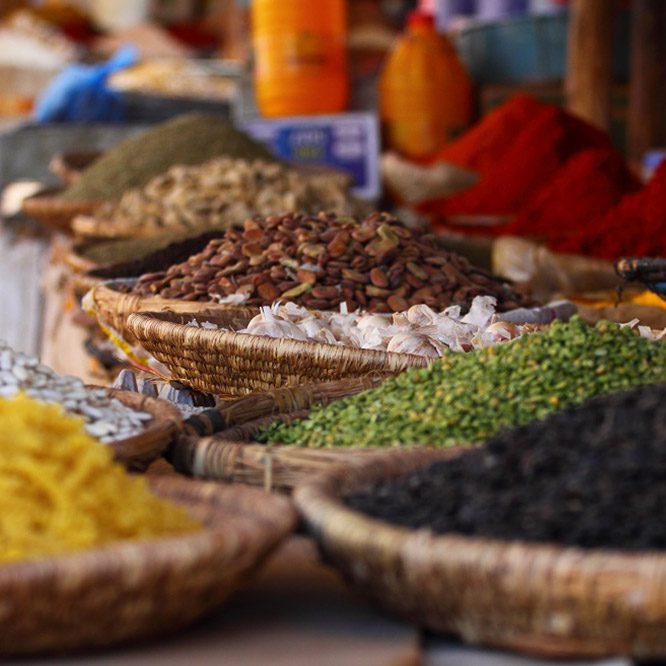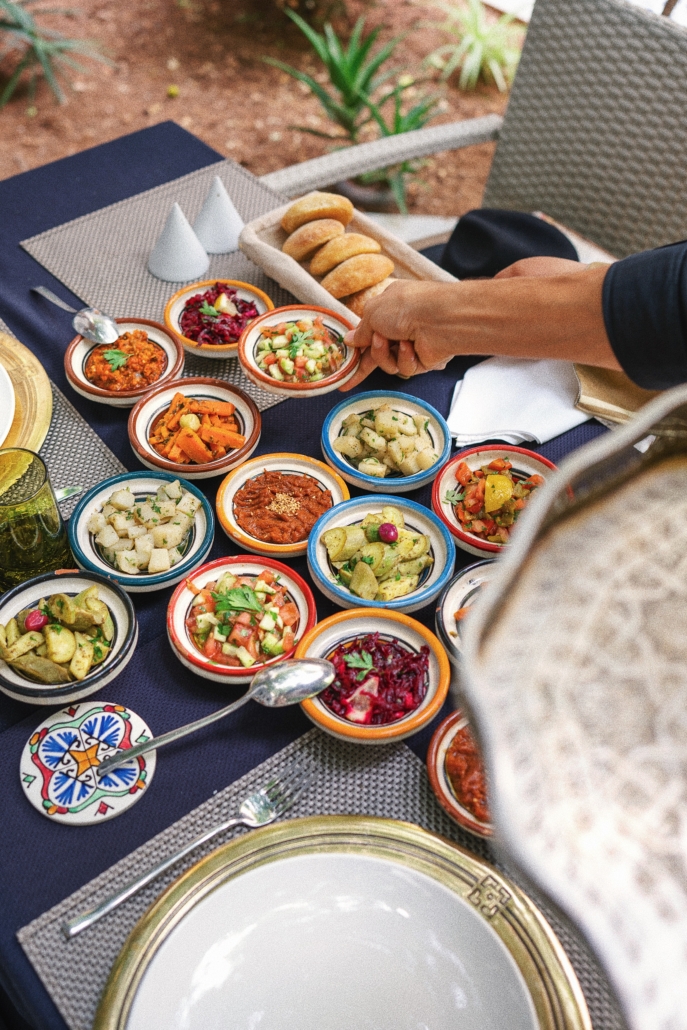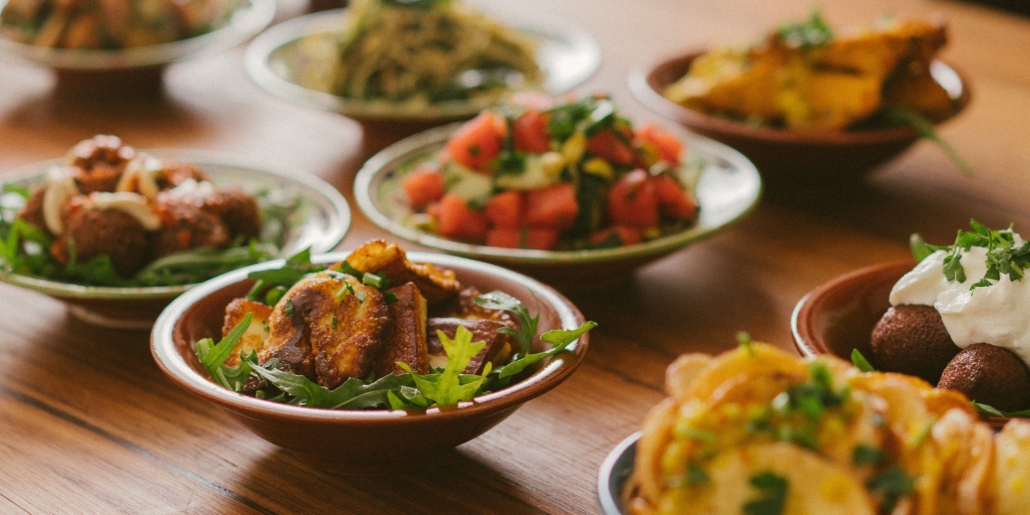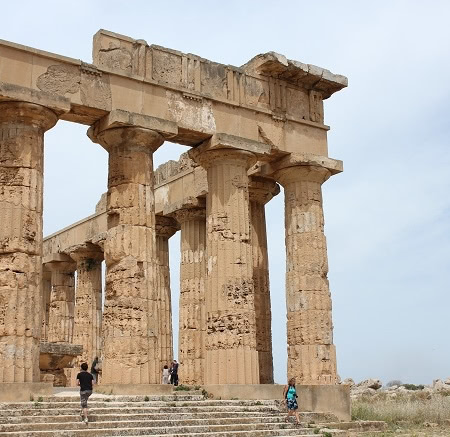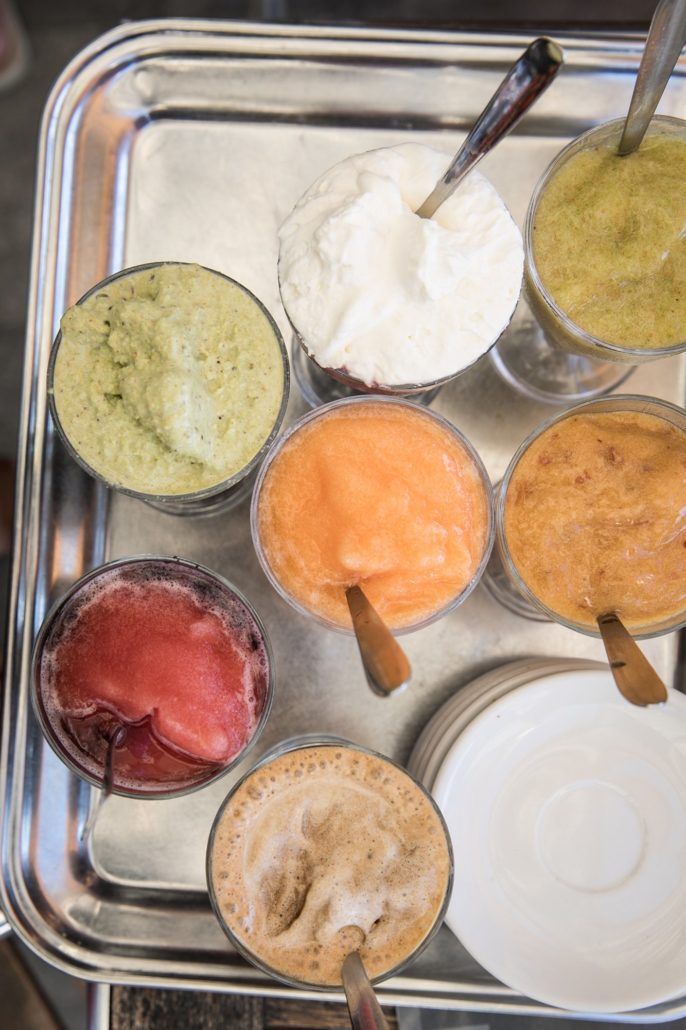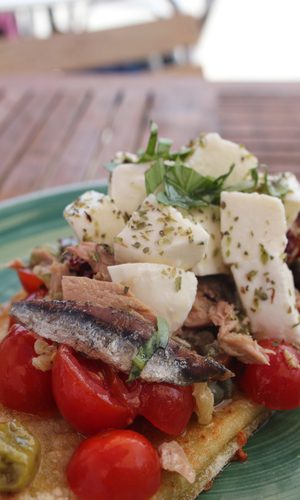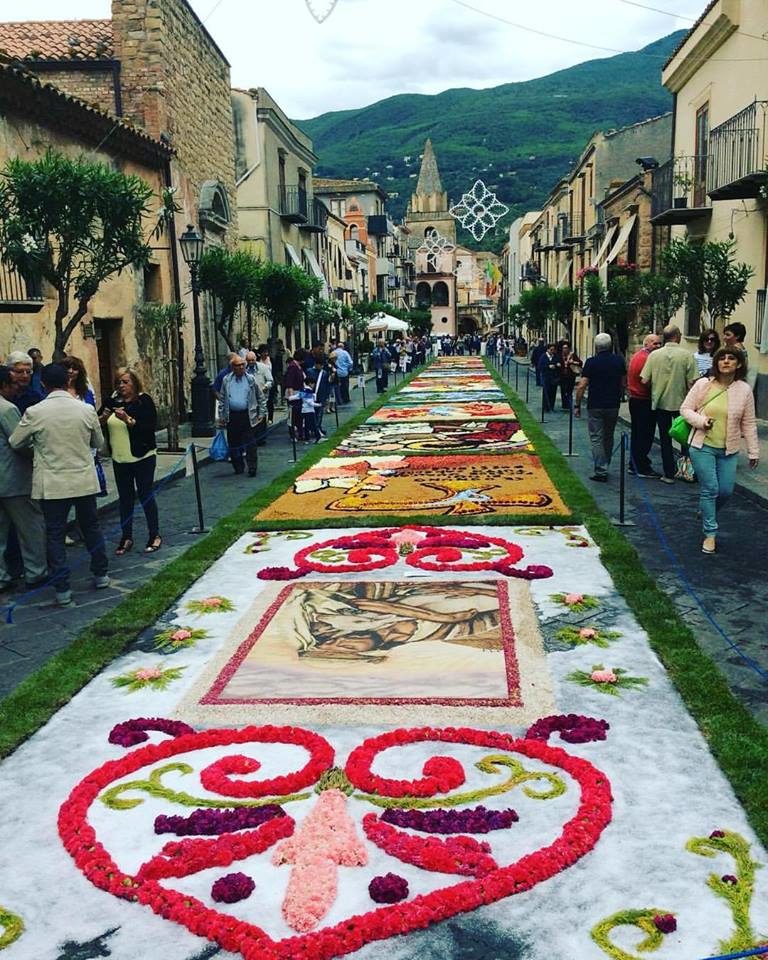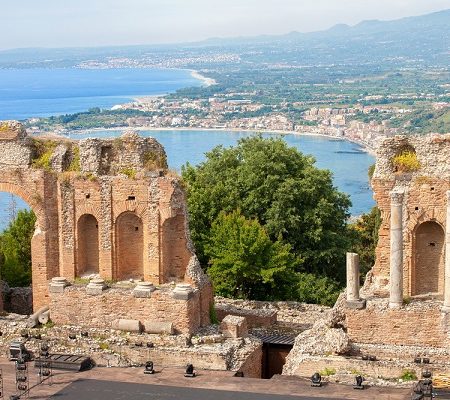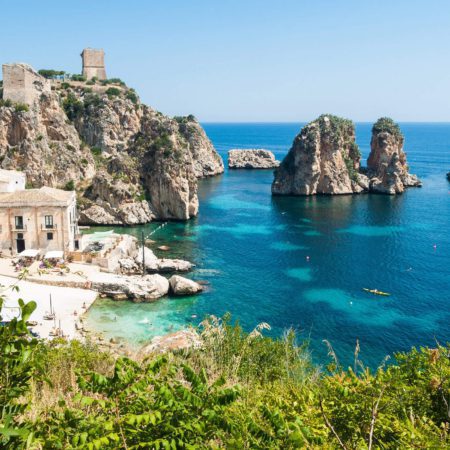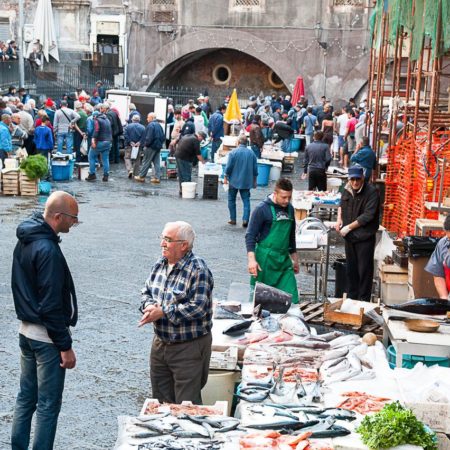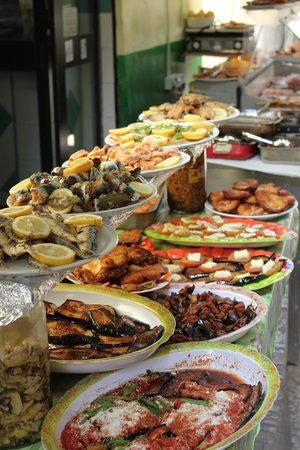5 Places To Visit That Inspired Movies/Shows
0 Comments/in Blog/by Dominique RizzoIf your hobby is travelling, and you do a frequent amount of it, sometimes picking another destination can be hard. There’s just so much to see, and unless you already have the inspiration for somewhere, deciding your next destination is very difficult to do. However, after recently being sat down watching netflix with friends, an idea occurred: What about visiting places strongly affiliated with TV shows/Movies? You can likely experience exactly where certain parts were cast, and this method is a very popular way for fans to come and try and recreate their favourite scenes from their favourite shows! Although it’s possible for a solo traveller to do this, it’s likely much more fun to go as part of a group, maybe people with the same interest in TV shows? Here are some great examples for inspiration!
Dubrovnik – Croatia – Game of Thrones
Following the success of Game of Thrones, Croatia became an incredibly popular location for tourists, in particular Dubrovik. People flocked in far and wide to see the streets of Kingslanding and the ‘shame steps’, as they’ve been affectionately named. In Dubrovnik alone, you can walk along the castle walls of Kings Landing, you can visit the Red Keep, walk to the edge of the bay that Sansa spends a lot of time staring from (Which by the way, is actually one of the most popular scenes for a lot of fans to recreate, alongside the steps), you can visit the house of the undying (But you won’t disappear as Khaleesi did), and so many more. Dubrovnik is also situated very well next to local islands you can visit that are the locations for many more GoT scenes, but you should absolutely experience this for yourself!
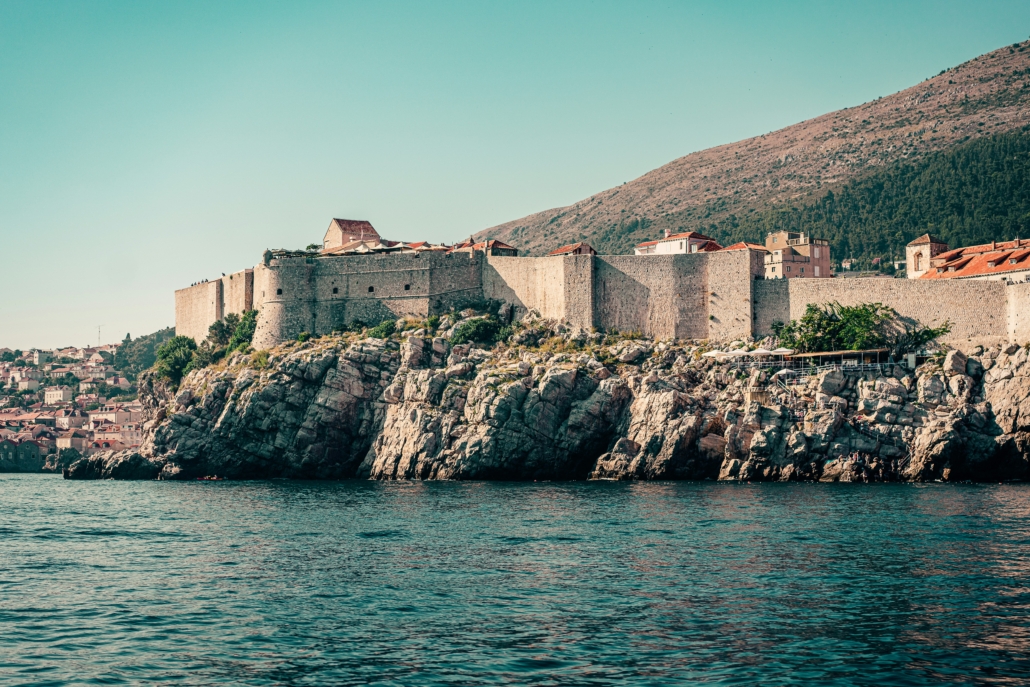
https://unsplash.com/photos/brown-concrete-building-on-rock-formation-near-body-of-water-during-daytime-r02BhUQj6cE
Matamata – New Zealand – Lord of The Rings
Home to what Lord of the Rings fans will all know as ‘Hobbiton, or the Shire’, Matamata is a beautiful location to visit, and a must see if you’ve ever seen Peter Jackson’s LoTR series. Matamata is very true to the set itself and looks exactly as it looks in the movies. With over 40 ‘hobbit holes’ to see, and guided tours that include visiting the clearing in which Bilbo has his party before mysteriously disappearing, and can kick back your feet at the ‘Green Dragon’, a tavern fondly known for Merry and Pippin’s antics.
Hatfield Park – Hertfordshire – Various Movies
Hatfield Park is one of the most iconic spots to film in the UK, largely owing to Hatfield House, which as well as being used in the recent show Bridgerton as the house of the Featheringtons, has also played host to many other films and shows, such as Sherlock Holmes, Harry Potter, etc. Hatfield house is a very popular building to be used generally as a house for royal or wealthy families, another example being the Croft Manor in the Tomb Raider films played by Angelina Jolie.
Salzberg – Austria – The Sound of Music
For a fan of musicals, Salzberg is not only a lovely city to visit in general, but is famous for many of the locations seen in The Sound of Music, many of which are available to visit, including the iconic Schloss Leopoldskron, (which is the exterior of the Von Trapp Household, and also a hotel in which you can stay in now), Schloss Hellbrunn, (where you’ll find the Gazebo in which Maria and the Captain sang their famous duet “Something Good”), St. Peter’s Monastery, where the family took refuge in their efforts to escape the Nazis, and many more locations.
London – Harry Potter
As well as being just a lovely city to travel to, being the capital, London is home to one of the most famous train stations in the world, thanks to the magical world of Harry Potter. Harry Potter fans will know all too well the method in which to get to platform 9 and ¾ , and Kings Cross eventually marked a wall in between 9 and 10 as homage, much to fans’ enjoyment. It is still used daily for thousands of photoshoots, and while you’re at the station, why not board a train to Oxford, home of so many filming locations around hogwarts? Unfortunately you can’t board a train directly to Oxford, which would have felt exactly as if you’re going to Hogwarts, but it’s not far off, and the trade off is worth it to see the inspiration behind places like the Hogwarts Great Hall, and so many other parts of the Oxford University that ended up making Hogwarts.

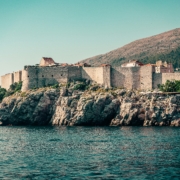 https://unsplash.com/photos/brown-concrete-building-on-rock-formation-near-body-of-water-during-daytime-r02BhUQj6cE
https://unsplash.com/photos/brown-concrete-building-on-rock-formation-near-body-of-water-during-daytime-r02BhUQj6cE



